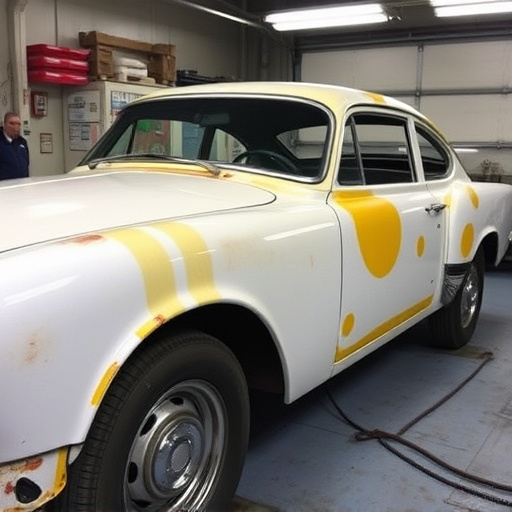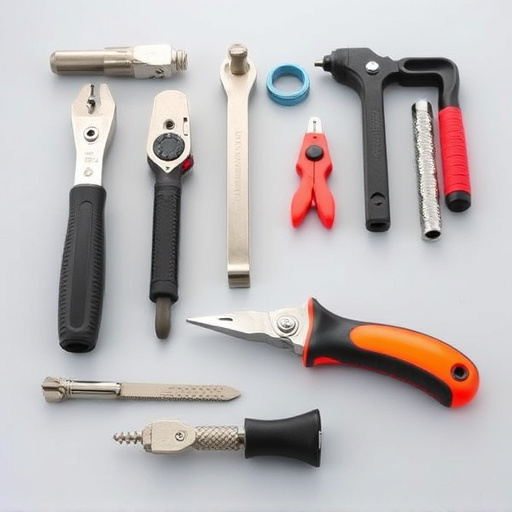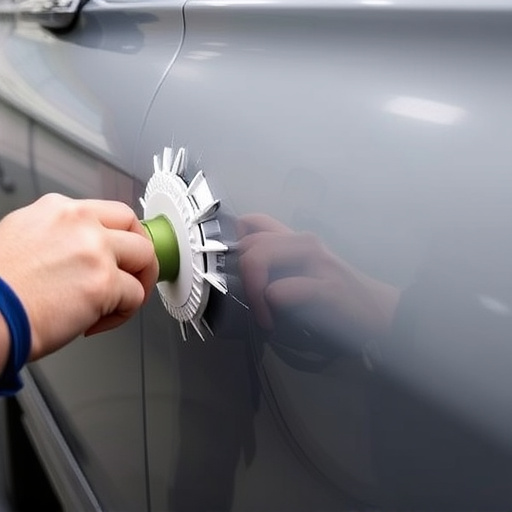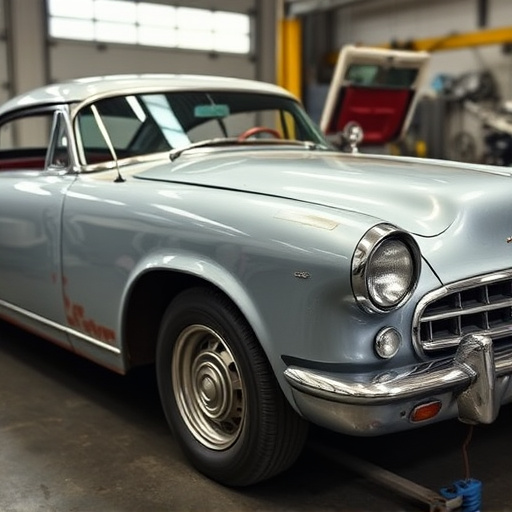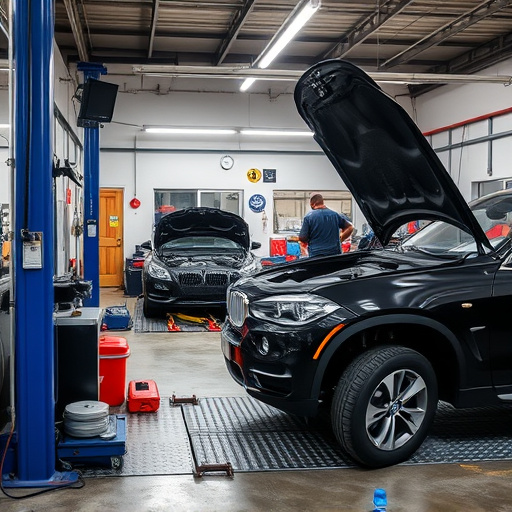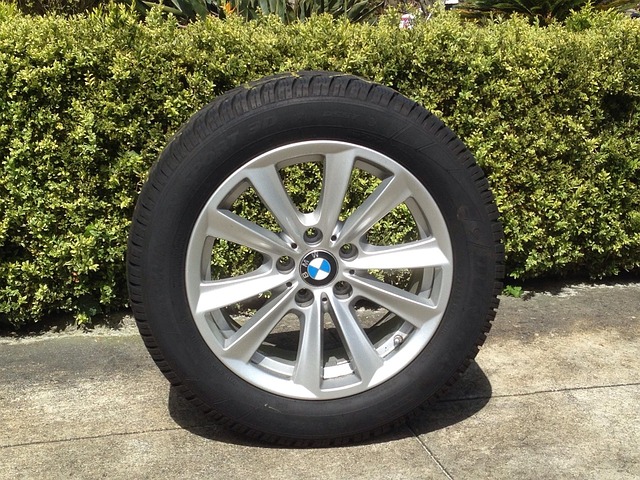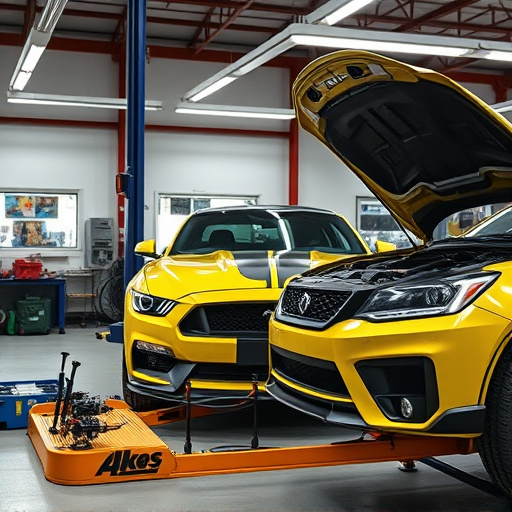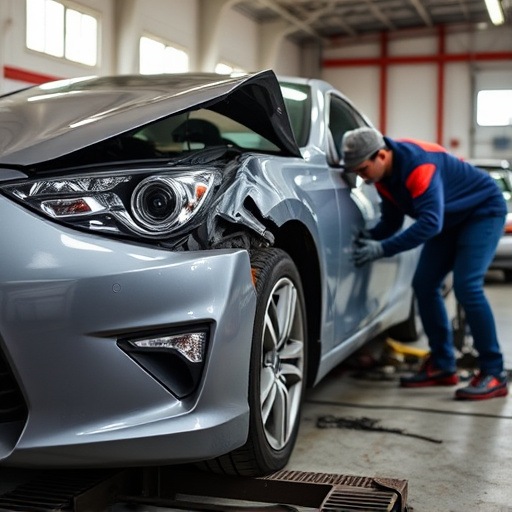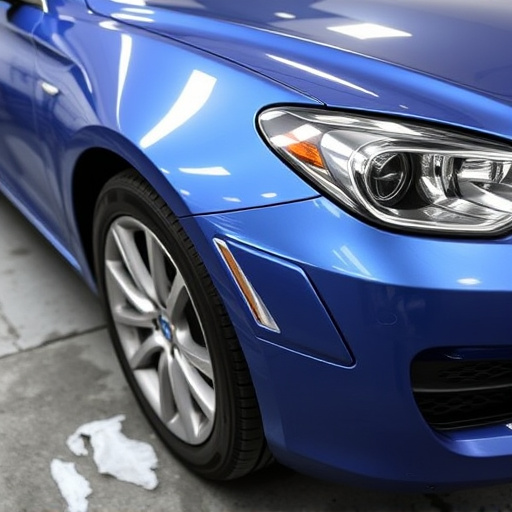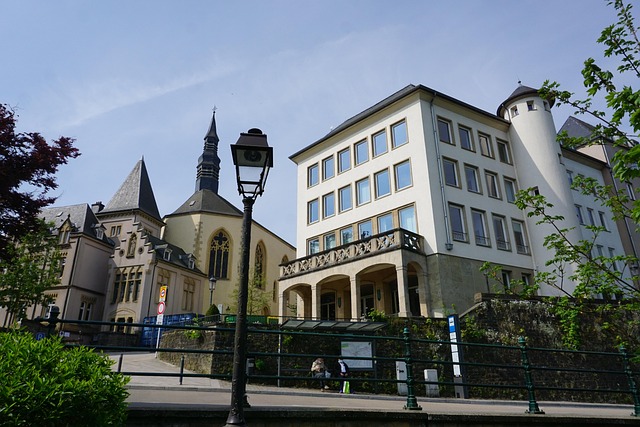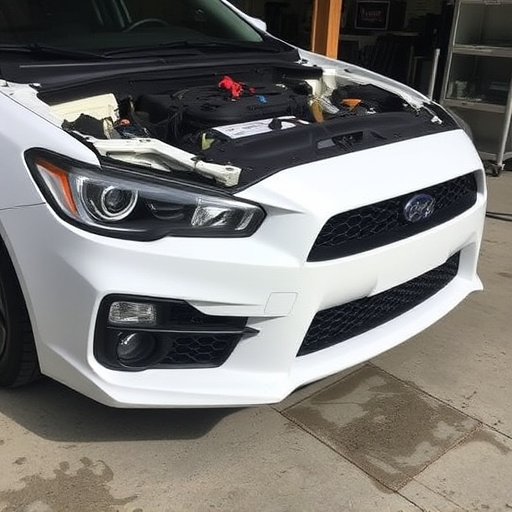Mercedes high-strength steel repair demands specialized techniques and alloys for structural integrity and aesthetic precision. Panel bonding, using advanced adhesives, is a key method for replacing damaged panels like doors, fenders, or hoods, preserving the vehicle's original stability and design. Reputable repair services select alloys with exceptional bond strength to maintain safety standards, ensuring durable, seamless repairs that align perfectly with Mercedes' high-performance expectations.
Mercedes High-Strength Steel Repair: Unlocking Strength and Durability
Mercedes-Benz vehicles are renowned for their superior engineering, and a significant aspect of this is the extensive use of high-strength steel. When it comes to repairing these sturdy structures, understanding the material’s unique properties is crucial. This article delves into the art of Mercedes high-strength steel repair, focusing on panel bonding techniques and the selection of specialized alloys, ensuring structural integrity and a seamless fit. By exploring these methods, repairs become more precise and durable.
- Understanding Mercedes High-Strength Steel: Properties and Challenges
- Panel Bonding Technique: A Comprehensive Guide
- Choosing the Right Alloys for Optimal Repair Results
Understanding Mercedes High-Strength Steel: Properties and Challenges
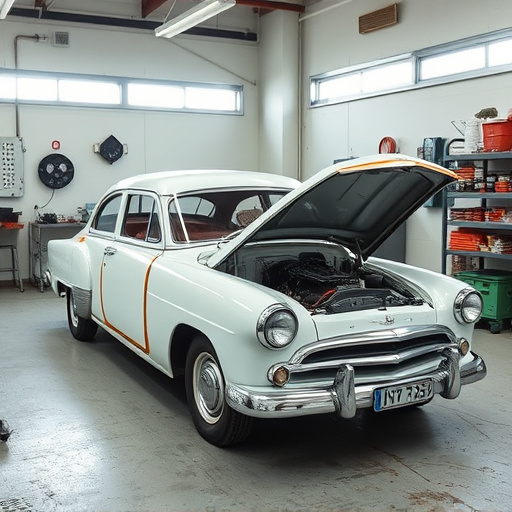
Mercedes high-strength steel, a key material in modern automotive design, offers exceptional strength and durability. This advanced alloy is strategically used in various vehicle components, enhancing safety and performance. However, repairing this robust steel presents unique challenges for collision repair shops and fleet repair services. The specific properties of Mercedes high-strength steel demand specialized techniques to ensure structural integrity and aesthetic precision during the repair process.
Automotive restoration professionals must be well-versed in the material’s characteristics to master its repair. This includes understanding the alloy’s resistance to corrosion, its ability to retain shape under stress, and the precise temperatures required for bonding specific alloys used in panel bonding techniques. Getting these aspects right is vital to preserve the vehicle’s original performance and safety standards, making it a critical aspect of any reputable fleet repair service or collision repair shop.
Panel Bonding Technique: A Comprehensive Guide
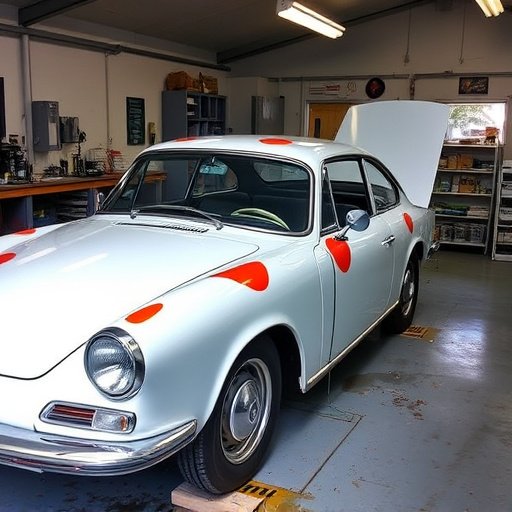
The panel bonding technique is a specialized process integral to Mercedes high-strength steel repair, ensuring structural integrity and aesthetic precision. This method involves seamlessly fusing damaged or detached panels back onto the vehicle’s frame using advanced adhesives and specific alloys tailored for high-performance cars like Mercedes. By employing this approach, auto body repair experts can achieve superior results, matching both the strength and sleekness of the original factory finish.
In an auto glass repair scenario, panel bonding is particularly valuable when replacing doors, fenders, or hoods, as it preserves the vehicle’s overall structural stability. Unlike traditional welding methods, this technique allows for more flexibility in design and material choice, making it a preferred solution in collision repair centers. The result is a robust, long-lasting fix that maintains the vehicle’s performance and value, catering to the high standards expected from Mercedes owners.
Choosing the Right Alloys for Optimal Repair Results
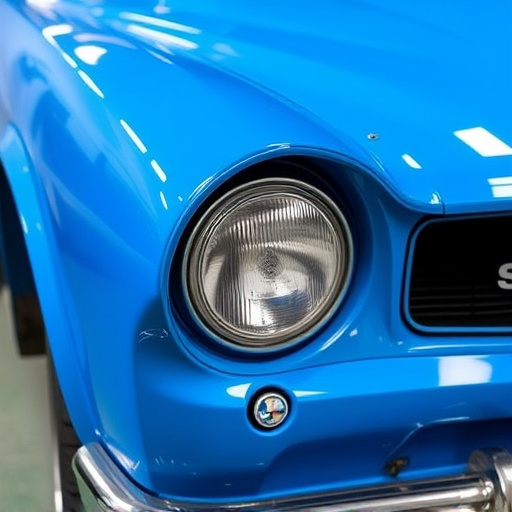
When it comes to Mercedes high-strength steel repair, selecting the appropriate alloys is paramount for achieving optimal results. High-quality repairs demand precision and expertise, especially with premium vehicles like Mercedes. The right choice of alloys ensures structural integrity and aesthetic harmony, aligning perfectly with the vehicle’s original design.
For instance, a reputable car body shop or vehicle repair service might recommend specific high-strength steels with exceptional bond strength to match the manufacturer’s standards. These alloys are carefully chosen based on their compatibility with various panel types, ensuring a strong and lasting connection. This meticulous process guarantees that the repaired area not only looks seamless but also performs as well as the original, maintaining the vehicle’s safety and reliability for years to come.
Mercedes high-strength steel repair requires a precise understanding of the material’s unique properties and the implementation of specialized techniques. The article has explored these aspects, offering insights into the challenges and solutions for repairing this robust automotive component. By adhering to the comprehensive guide on panel bonding and selecting the appropriate alloys, professionals can achieve superior results in restoring Mercedes high-strength steel structures. This ensures both structural integrity and aesthetic excellence, meeting the exacting standards of Mercedes-Benz vehicles.
